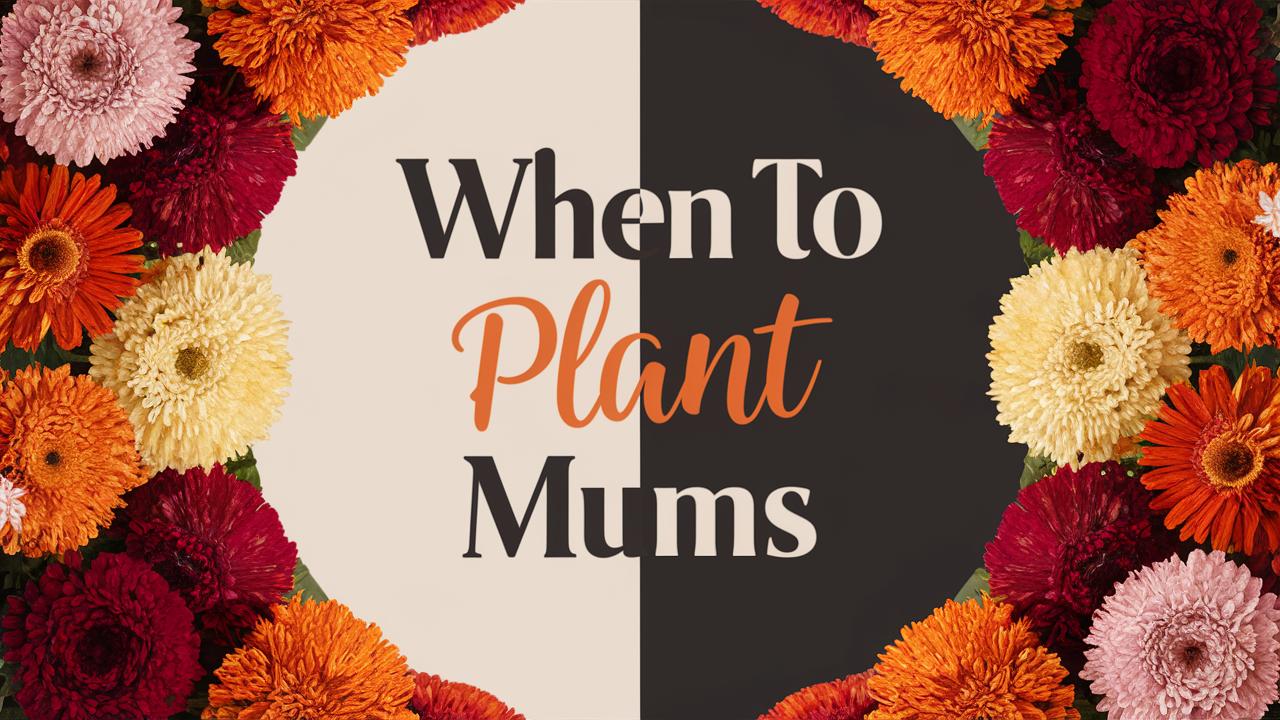In this guide, we will explore the best practices for planting mums, the ideal seasons for planting, and tips for ensuring a lush growth cycle.
Understanding Mums: The Basics
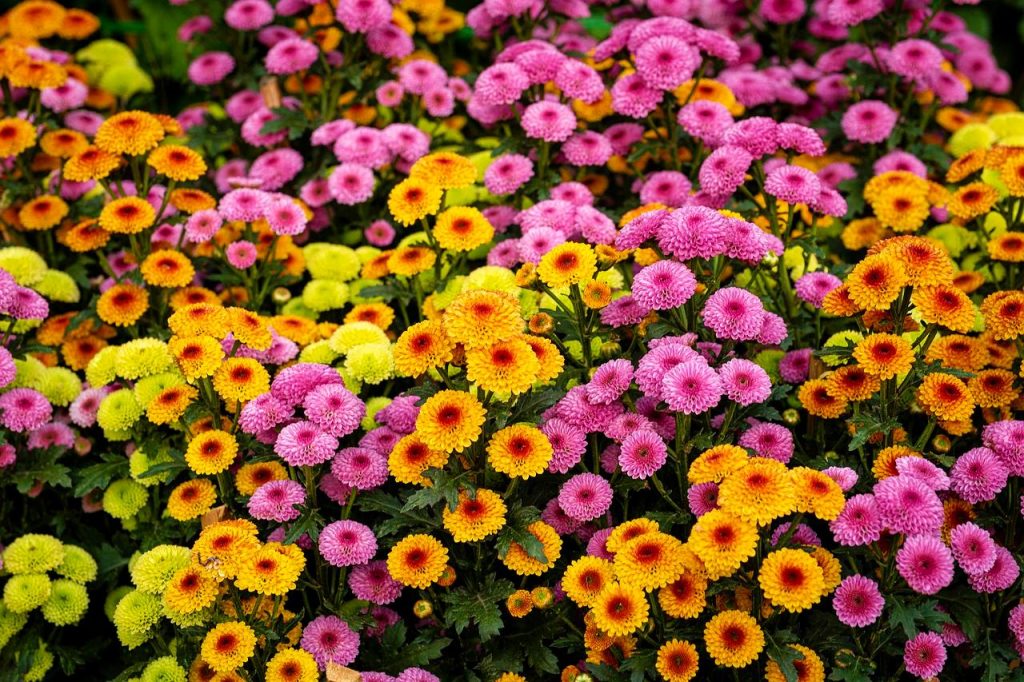
Before diving into the specifics of planting mums, it’s essential to understand what these flowers are and why they are so beloved. Mums belong to the Asteraceae family and are native to Asia and northeastern Europe. They come in different shapes, sizes, and colors, offering options for various garden styles.
Mums can be categorized into several types, including:
Florist Mums: These are typically larger and more dense, often used in floral arrangements.
Garden Mums: These are hardier and more suited for outdoor gardening, thriving from the ground to the bed.
Perennial Mums: As the name suggests, these return year after year, creating enduring beauty in your garden.
Understanding these categories is key to knowing when to plant them and how to care for them adequately.
Timing is Everything: The Best Planting Seasons

Spring Planting: Setting the Stage
For many gardeners, spring is an ideal time to plant mums, particularly if you’re cultivating them as perennials. Spring planting allows the plants to establish themselves and grow strong before the summer heat descends. Here’s how to maximize spring planting:
Last Frost Date: Generally, mums can be planted after the last frost date in your area. This timing varies from one region to another, so check your local frost calendar for precise dates. In many areas, this is typically between mid-April to late May, depending on your climate.
Soil Temperature: Mums prefer soil temperatures between 60°F and 75°F. If you’re uncertain about the exact timing, consider using a soil thermometer to confirm the ideal conditions before you plant.
Growing Season Preparation: When planting in the spring, be sure to prepare your soil by enriching it with compost or well-rotted manure. Well-draining soil is crucial for mums, as they do not thrive in overly wet conditions.
Fall Planting: A Colorful Harvest
Another popular time to plant mums is in the fall, particularly for those looking to enjoy their beauty through the autumn months. When planting mums in the fall, consider the following:
Ideal Planting Window: Fall planting is typically favorable from late August through mid-September. This timeline allows the plants to establish roots before frost arrives.
Enjoying Blooming Seasons: Planting in late summer or early fall means that you’ll not only enjoy the lovely blooms leading into the cooler months but will also prepare the plants to develop robust roots ahead of winter.
Planning Ahead: By planting in the fall, you can envision a vibrant autumn display while also ensuring that your perennial mums will thrive and return in the following spring.
Winter Considerations: A Time of Dormancy
In most climates, winter is not an appropriate time for planting mums, as they enter a dormant phase. However, understanding how winter affects your mums will help you care for them better:
Protecting Mums in Winter: If you’ve planted your mums in the fall, consider placing a thick layer of mulch around the plants to protect the roots from frost and temperature fluctuations.
Prepping for Spring: Proper winter care includes allowing the mums’ foliage to remain intact until spring, as this can help insulate the roots and provide shelter against harsh conditions.
Factors to Consider: Climate and Location

Regional Differences
One of the most crucial aspects of determining when to plant mums is your specific climate and geographical region. Different areas have varying frost dates, rain patterns, and temperature ranges that could affect growth.
Northern Climates: If you live in a northern region, spring is often the best time to plant. The shorter growing season means that getting your mums in the ground by late May will give them the summer they need to establish roots before the frost.
Southern Climates: Residents of southern climates may choose to plant in either spring or fall, as the longer growing season allows for more flexibility. Late summer to early fall planting can result in stunning blooms before winter sets in.
Sunlight and Shade Requirements
Mums thrive best when planted in full sunlight (at least six hours of direct sunlight a day). When determining when to plant, consider the sun patterns in your garden:
Assess Sun Exposure: Before planting, evaluate the sun exposure in your garden throughout the day. If certain areas are shadier than you anticipated, you may need to move or plant your mums in a more favorable location.
Prepare for Seasonal Changes: Keep in mind that as the seasons change, the sunlight patterns will shift. Ensure your planting site will remain sunny throughout the growing season.
Soil and Watering: Setting Up for Success
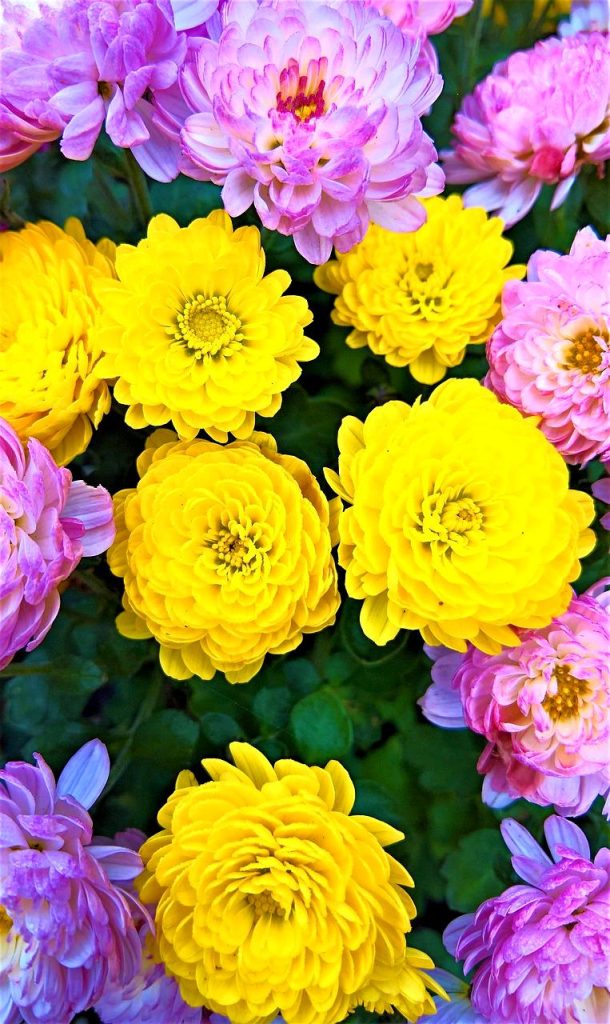
Choosing the Right Soil
Mums flourish in well-drained, fertile soil rich in organic matter. Here are some tips for setting the right soil foundation:
Testing Soil pH: Mums prefer a slightly acidic to neutral pH (between 6.0 to 7.0). Conduct a soil test to determine if you need to make any adjustments prior to planting.
Improving Soil Structure: If your soil is heavy clay or sandy, amend it with compost or aged manure to improve drainage and nutrient content.
Watering Tips Before and After Planting
Proper watering is critical in ensuring that your mums thrive:
Pre-Planting Watering: Water the area a day or two before planting to ensure that the soil is moist. Avoid muddy conditions, as this can hinder root establishment.
Post-Planting Care: After planting, water your mums deeply, allowing the soil to dry slightly between watering sessions. As a general rule, ensure that the plants receive about an inch of water a week, particularly in hotter months.
Caring for Your Mums: Key Maintenance Tips
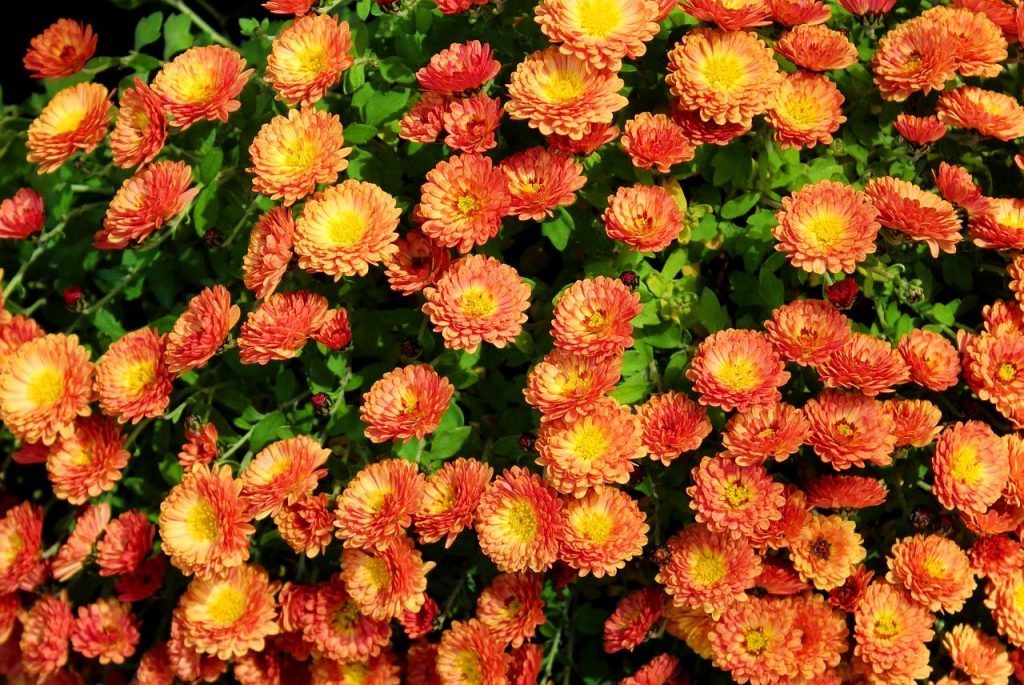
Once you’ve successfully planted your mums, maintaining them is essential to enjoying their vibrant blooms. Here are some tips for caring for your flowers throughout the growing season:
Fertilizing for Growth
Selecting the Right Fertilizer: Use a balanced 10-10-10 (N-P-K) fertilizer when planting. This gives your mums the necessary nutrients for robust growth.
Fertilizing Schedule: Begin fertilizing in late spring, ideally around four to six weeks after planting. Follow up with another round every four to six weeks until late summer. Avoid over-fertilization, as this can lead to leggy growth.
Pruning and Deadheading
To encourage bushier growth and more blooms, consider the following maintenance techniques:
Pinching Back: During the early growing season, pinch back the tips of new growth to promote a fuller plant by encouraging branching.
Deadheading: Remove spent blooms to conserve energy and encourage further blooming. This will extend the flowering period into late autumn, creating a showy display.
Preparing for Winter: A Season of Rest
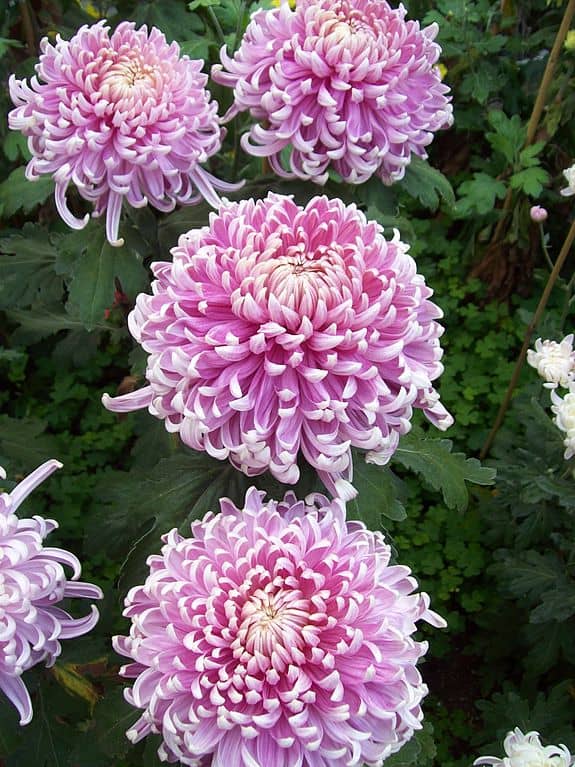
Transitioning into Dormancy
As fall draws to a close, your focus shifts to preparing your mums for winter:
Cut Back Foliage: Once the foliage turns brown and dies back, usually after the first frost, you can cut back the stems to about three to four inches above the ground. This allows for easier maintenance come spring.
Mulch Applications: As mentioned previously, adding mulch around the base will help insulate the root system against harsh winter conditions.
Saving Annual Mums
If you’ve purchased annual mums for fall decoration, consider transitioning them into perennials:
Pot to Perennial: If they’re still looking healthy after blooming, transplant them into your garden after the last frost. With proper care, these annual varieties can sometimes persist until they adapt.
Troubleshooting Common Issues
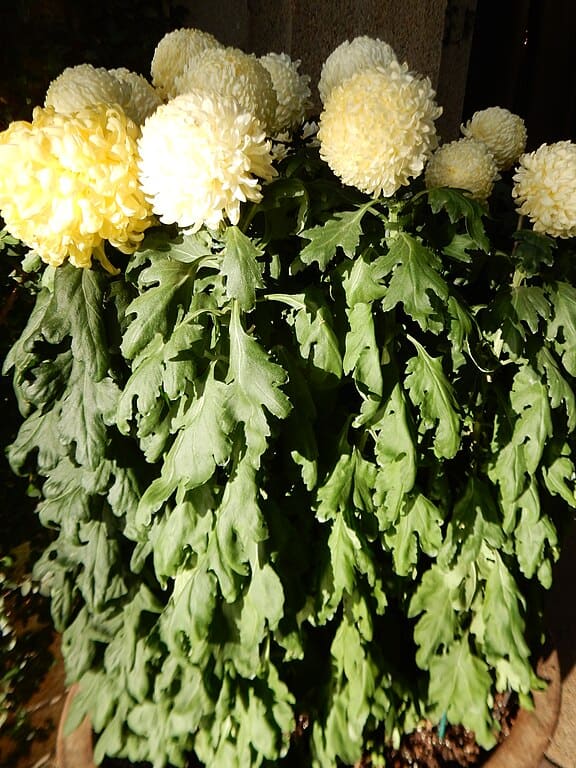
Understanding the challenges with mums can help you create the ideal growing conditions. Here are some common problems and their potential solutions:
Pests and Diseases
Aphids and Spider Mites: These pests can affect the health of your mums. Monitor your plants and use insecticidal soap or neem oil to control outbreaks.
Fungal Diseases: Powdery mildew and root rot are common issues. Ensure that your mums are in well-draining soil and provide adequate air circulation to reduce humidity around the plants.
Seasonal Care Adjustments
As seasons change and your mums’ growing patterns shift, be ready to adjust your care accordingly. Always observe your plants closely and adapt your care strategy as needed to maximize their health.
Wrapping Up: The Joy of Mums in Your Garden
Planting and caring for mums can enrich your gardening experience and provide breathtaking autumn beauty. Whether you choose to plant in spring or fall, the ease of care and diverse beauty of these flowers make them a rewarding choice for both novice and skilled gardeners.


